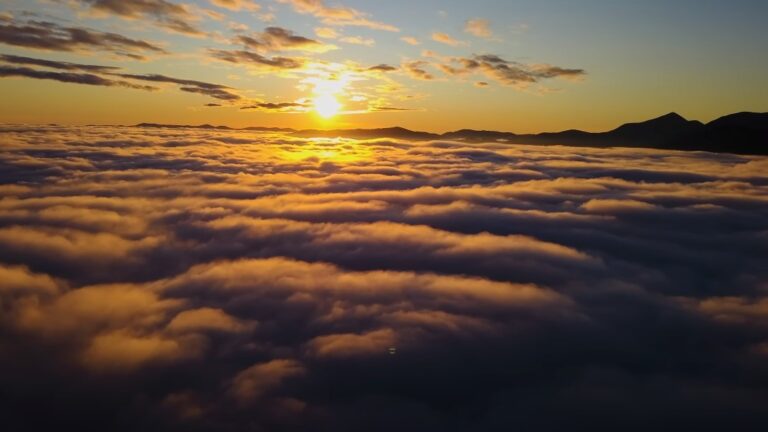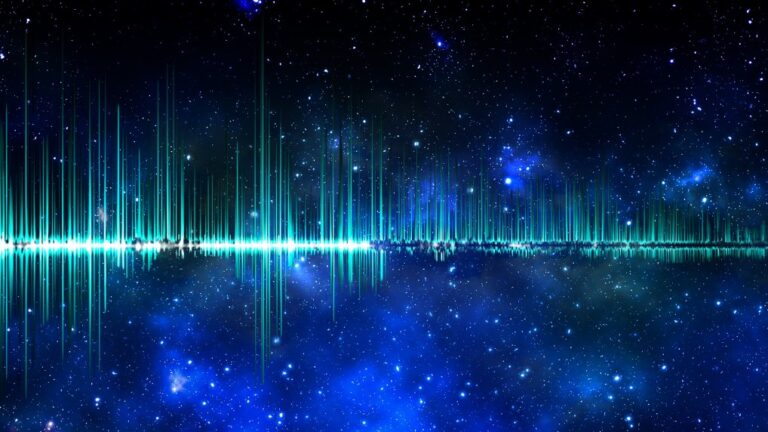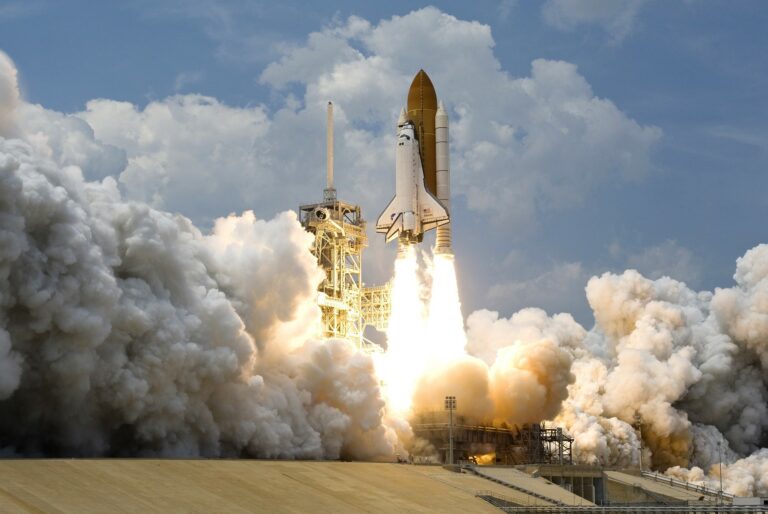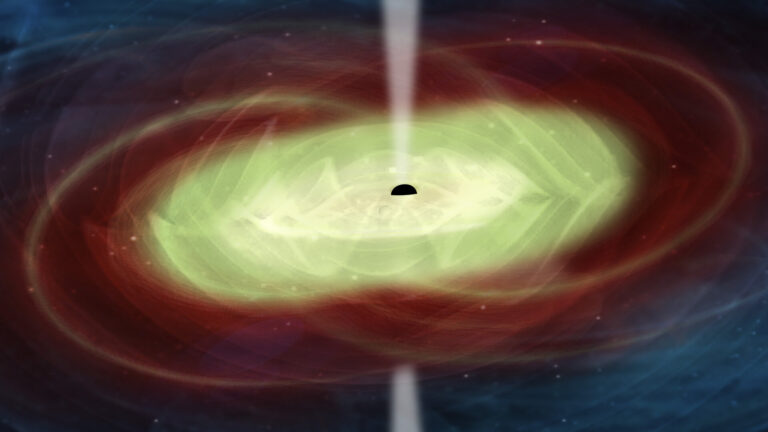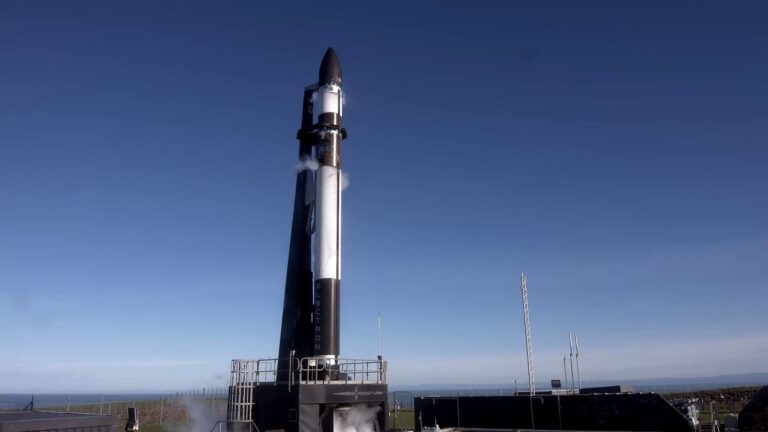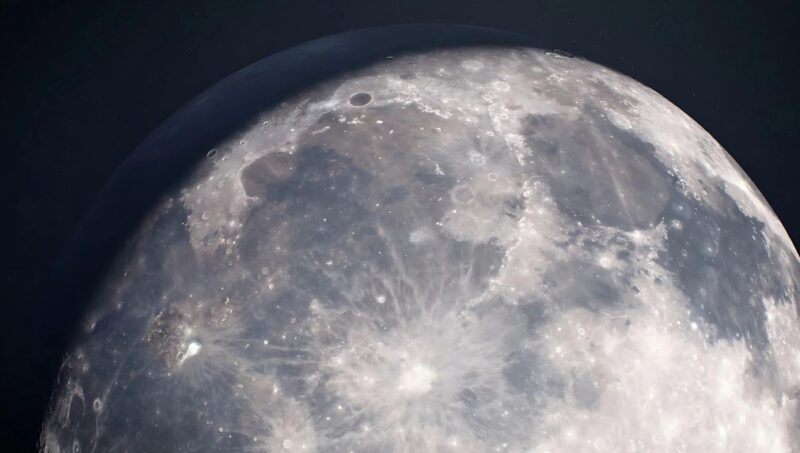This question might seem straightforward, but it opens a portal to a deeper understanding of astronomy, planetary science, and the dynamic system that constitutes our Solar System. Today, we’ll explore the Moon’s characteristics, and explain why the Moon is not a planet but an equally fascinating celestial body.
What defines a planet?
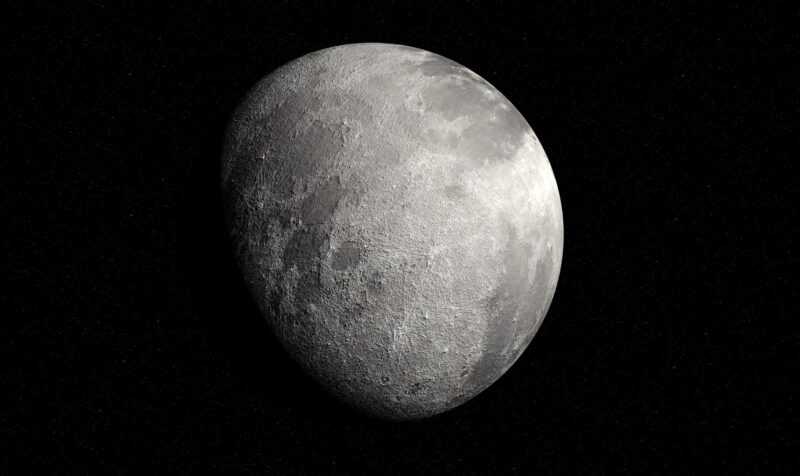
According to the International Astronomical Union (IAU), a planet is a celestial body that:
- Orbits the Sun: A planet must orbit the Sun directly as its primary gravitational center. This distinct motion distinguishes planets from other celestial bodies like moons, which orbit planets instead.
- Has sufficient mass for its self-gravity to overcome rigid body forces, so it assumes a nearly round shape: This requirement ensures that a planet has enough gravitational pull to form into a rounded shape, smoothing out any significant bumps or irregularities over time.
- Has cleared the neighborhood around its orbit: A planet must have enough gravitational force to clear away or incorporate smaller objects near its orbit, establishing a clear path and dominance in its immediate space.
These criteria were established in 2006 and are specifically designed to classify the vast array of objects within our Solar System, ensuring clarity and consistency in how celestial bodies are categorized.
The Moon: a satellite by nature
The Moon is Earth’s only natural satellite. Here are the reasons it doesn’t meet the criteria for being a planet:
- The Moon orbits Earth, not the Sun directly. While it does travel with Earth around the Sun, its primary gravitational allegiance is to Earth. This dependency defines it as a satellite, bound by Earth’s gravity, unlike planets which orbit the Sun independently.
- The Moon is geologically active, with a history of volcanic activity and tectonic shifts. However, these characteristics do not influence its classification as a planet. Its geological features, while fascinating, do not fulfill the criteria needed for planetary status, such as clearing its orbit of other debris.
- Unlike planets, the Moon lacks an atmosphere, water, and the ability to harbor life, which are common features of many planets (though not required for the definition). Its harsh, barren environment starkly contrasts with the dynamic atmospheres and hydrospheres found on planets like Earth and Mars.
Its role in Earth’s balance
The Moon plays a crucial role in stabilizing Earth’s tilt and moderating our climate. It’s essential for creating tides that help regulate our planet’s climate and has a profound impact on Earth’s natural life rhythms. Understanding the Moon’s influence helps scientists learn more about Earth itself.
The gravitational pull of the Moon on Earth’s oceans leads to the phenomenon of tides, which play a key role in our planet’s ecological balance. Additionally, the Moon’s gravitational stability helps maintain Earth’s axial tilt, which is crucial for the seasonal cycles that influence ecosystems worldwide.
Physical characteristics
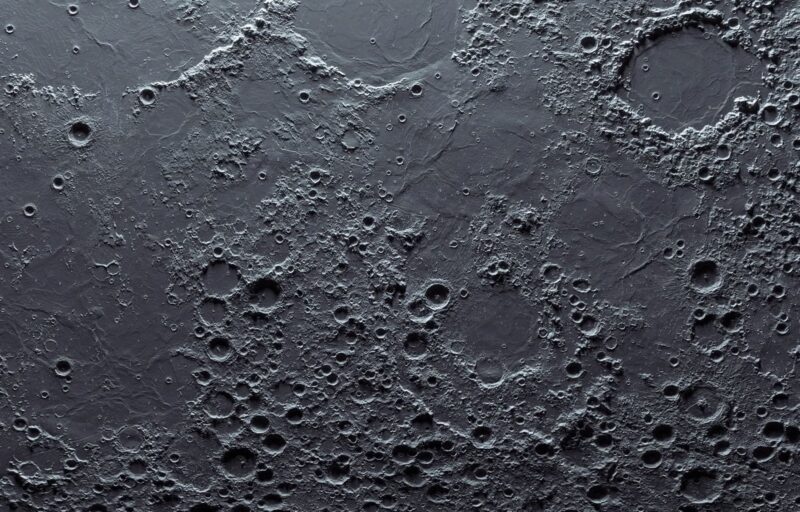
Size and mass
The Moon’s diameter is about 3,474 kilometers, which is about one-fourth the diameter of Earth. Its mass is 7.35 × 10^22 kilograms,. This lower mass contributes to its weaker gravitational force.
Surface features
- Terrain: The Moon’s surface is covered with a diverse landscape including plains, mountains, and valleys. Notable features include the dark basaltic plains known as maria (singular: mare), which are large, dark, basaltic plains on Earth’s Moon, formed by ancient volcanic eruptions. They were named by early astronomers who mistook them for actual seas.
- Craters: The surface is heavily cratered, showing evidence of intense bombardment by meteors and comets throughout its history. The largest crater visible from Earth is Tycho, a prominent feature characterized by a distinctive ray system.
- Regolith: The lunar surface is also covered by a fine, powdery dust called regolith, formed by the constant meteorite impacts over billions of years.
Atmosphere
The Moon has an extremely thin and tenuous atmosphere, known as an exosphere. It’s so thin that it can barely be detected and lacks the body of gases that Earth has. This atmosphere contains trace amounts of hydrogen, helium, neon, and argon.
Internal structure
- Core: The Moon has a small core with a radius of about 350 kilometers, composed primarily of iron, with small amounts of sulfur and nickel. It’s partially molten, which contributes to the slight magnetic field.
- Mantle: Surrounding the core is a mantle, which extends to the surface; it is believed to be composed largely of minerals such as olivine and pyroxene, which are also found in the Earth’s mantle.
- Crust: The lunar crust averages 50 kilometers thick and is made of oxygen, silicon, magnesium, iron, calcium, and aluminum, with small amounts of titanium, uranium, thorium, potassium, and hydrogen.
Moon vs. Planets
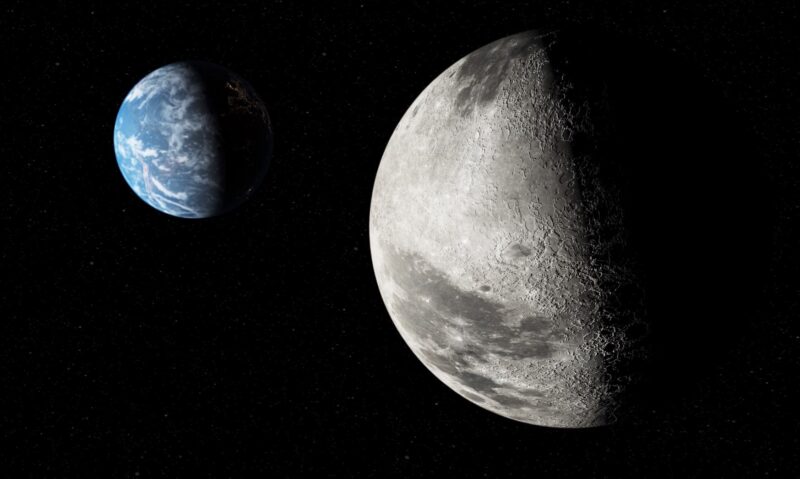
When compared to recognized planets, the Moon has some similarities but many differences:
Size and composition
The Moon is smaller than any of the planets but has a similar composition to Earth’s mantle.
Surface and atmosphere
The Moon’s surface is barren, covered with craters, and lacks the atmospheric and hydrological dynamics found on planets like Earth, Mars, or Venus. Its surface is exposed to space, resulting in extreme temperature variations and a lack of weather systems, unlike the active climates found on many planets.
Orbit
The Moon orbits Earth, making it a natural satellite rather than an independent body orbiting the Sun. Its orbit around Earth takes about 27.3 days. Planets orbit the Sun directly. Their orbits can range from Mercury’s quick 88 days to Neptune’s lengthy 165-year orbit, depending on their distance from the Sun.
Composition and structure
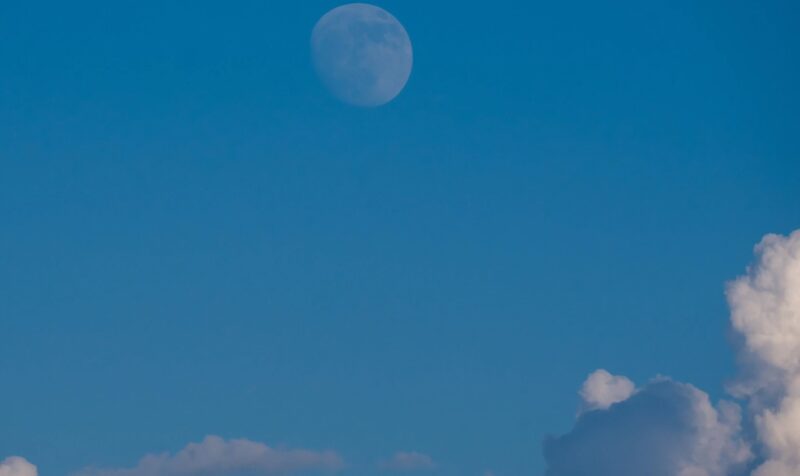
The Moon has a dense core made primarily of iron, a partially molten mantle, and a crust rich in silica. It lacks significant geological activity currently. Planets vary widely in composition.
Terrestrial planets like Earth and Mars have solid, rocky surfaces, while gas giants like Jupiter and Saturn are composed mostly of hydrogen and helium, and ice giants like Uranus and Neptune contain more ice such as water, ammonia, and methane.
Gravitational influence
The Moon’s gravitational influence is strong enough to affect Earth, primarily through tides. Planets exert significant gravitational forces that can influence the orbits of other bodies within their solar system. Jupiter, for example, has a profound impact on the asteroid belt and plays a role in protecting Earth from potential comet impacts.
Ability to harbor life
The Moon is not known to support any form of life due to its lack of atmosphere and water. Earth is currently the only known planet to support life. Other planets like Mars are subjects of research into their past potential to support life, considering evidence of water in its history.
In summary
The Moon is not a planet, but that doesn’t make it any less important or interesting. It plays a vital role in our understanding of Earth and space. The Moon helps us learn more about our planet and encourages further exploration of space.


